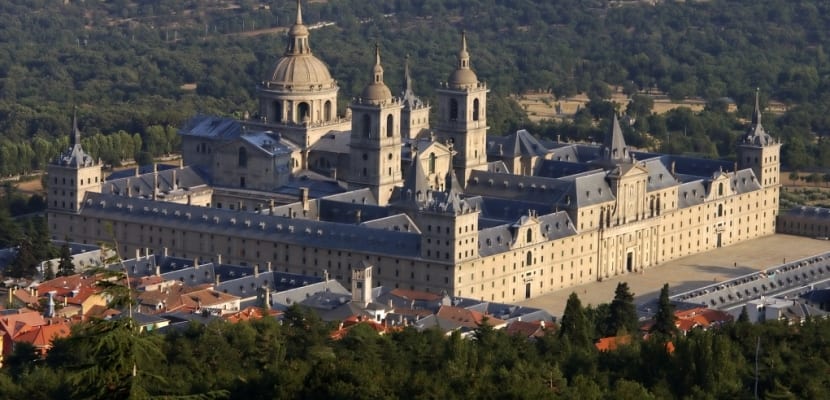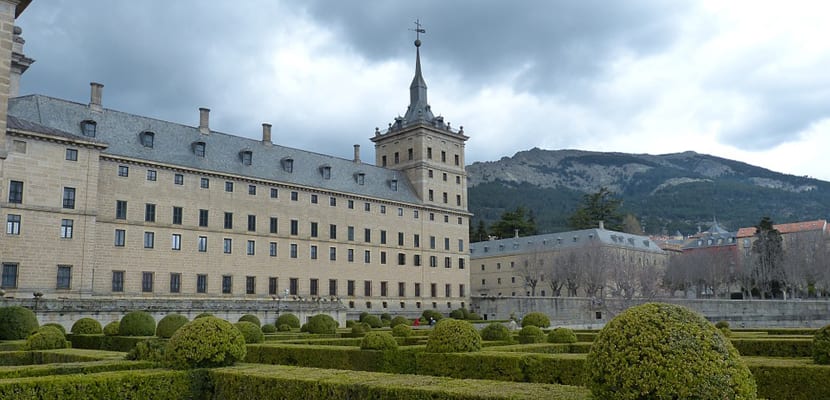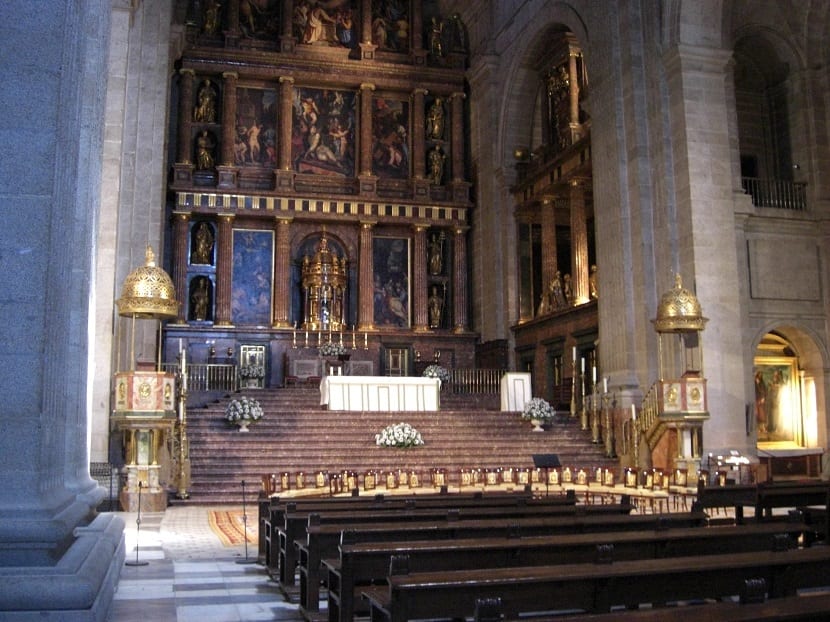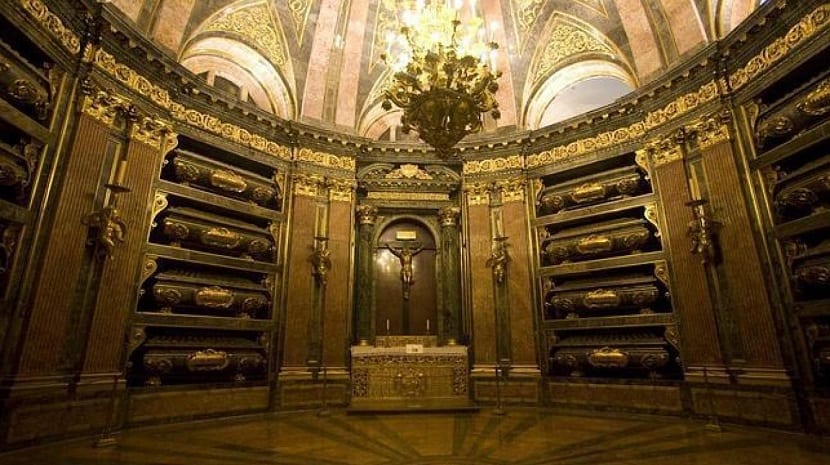
Just 50 kilometers from Madrid, located in the heart of the beautiful Sierra de Guadarrama on a slope of Mount Abantos, The Monastery and Royal Site of San Lorenzo de El Escorial is located, declared a World Heritage Site by Unesco in 1984.
This spectacular monastery was ordered to be built by King Felipe II by means of a letter in April 1561, where he explained the reasons why he wanted to build it: gratitude for the Spanish victory in the battle of San Quentin, which took place on the day of San Lorenzo in 1557, and the desire to erect a mausoleum in honor of his parents.
In 2017 the Monastery of San Lorenzo del Escorial attracted more than 520.000 visitors as it is one of the places with the most tourist and cultural interest in the community. Next, we take a tour of this beautiful space of National Heritage located in the small town of San Lorenzo del Escorial.
History of the Moastery of El Escorial
The works began in 1563 with the architect Juan Bautista de Toledo. His death was succeeded by his disciple Juan de Herrera until the end of its construction in 1584 . This architect reformed the initial project and created his own style, called Herrerian, characterized by geometric rigor and decorative austerity.

What is the Escorial Monastery like?
At the time it was the largest building in Europe and was considered the eighth wonder of the world. The main facade has two side gates that correspond to the entrance to the Alfonso XII school and the Augustinian convent. In the center of the facade is the main entrance of the building, between six Doric columns, crowned by a set of Ionic columns, among which the family coat of arms of King Felipe II and a large statue of San Lorenzo can be seen.
Inside we can find the Basilica, the Courtyard of the Kings, the Library, the Pantheon of Kings, the Pantheon of Infants, the Chapter Rooms and the Palaces among other spaces. The Pinacoteca and the Museum of Architecture are also places that deserve a visit.
Dependencies of El Escorial

Image | Wikipedia
Basilica
The church occupies the central part of the monastic complex and is the true nucleus of the whole complex around which the other dependencies are articulated. It is accessed through the Patio de los Reyes, after ascending a staircase that covers the entire façade, you reach an atrium flanked by two towers. From here, through an area that serves as a second interior atrium, you access the temple at the bottom of which is located the main chapel that contains the altar.
The vault of the main chapel exhibits a fresco representing The Coronation of the Virgin. The 30-meter-high altarpiece was designed by Juan de Herrera and sculpted in marble by the artist Jacome da Trezzo. On both sides of the altar, are the cenotaphs of Emperor Charles V and his son Philip II in gilt bronze with stone and enamels inlays by Leone Leoni and his son Pompeo Leoni
Palace of Felipe II
Built on two floors around the presbytery of the Basilica and around the Patio de Mascarones, it occupies the entire handle of the El Escorial grill and part of the North patio. Currently you can only visit the Royal Quarters and the Battle Room.
Before the royal rooms, you pass other rooms such as the Ambassadors' Room, with interesting exhibits such as the bunk-chair in which Philip II made his last trip to the monastery suffering from gout.
The so-called Casa del Rey, the residence of Felipe II, is made up of a series of rooms decorated with sobriety. The royal bedroom, located next to the main altar of the Basilica, has a window that allowed the king to follow the mass from his bed when he was disabled due to his illness. It is divided into four rooms: the main room, the desk, the bedroom and the oratory.

Image | Vanitatis - The Confidential
Pantheon of the Kings
It consists of 26 marble tombs where the remains of the kings and queens of Spain from the Austrian and Bourbon dynasties rest, except for the monarchs Felipe V and Fernando VI, who chose the Royal Palace of La Granja de San Ildefonso and the Convent of the Salesas Reales in Madrid as their burial sites, respectively.
The last remains deposited in the pantheon have been those of King Alfonso XIII and his wife, Queen Victoria Eugenia. His son Juan de Borbón y Battenberg, and his wife María de las Mercedes de Borbón-Dos Sicilias, counts of Barcelona and parents of King Juan Carlos I, still remain in a previous stay called Pudridero. With the future transfer of the mortal remains of the counts of Barcelona to the Pantheon of Kings, it will be complete so that the current kings of Spain could be buried in the Almudena Cathedral or in the Chapel of the Royal Palace of Madrid.
Convent of the Escorial
The Escorial monastery itself occupies the entire southern third of the building. At first it was occupied by Hieronymite monks in 1567 although since 1885 it has been inhabited by the Augustinian Fathers, a closing order. The enclosure is organized around the great main cloister, the Patio de los Evangelistas, designed by Juan Bautista de Toledo and which is one of the best examples of the monastery's architecture.
Visiting hours
- Winter (October to March). Tuesday to Sunday: 10:00 - 18:00
- Summer (April to September). Tuesday to Sunday: 10:00 - 20:00
- Weekly closing: Monday.
Price of admission
- Basic Rate € 10 until March 31
- Basic Rate € 12 from April 1
- Reduced rate € 5 until March 31
- Reduced rate € 6 from April 1